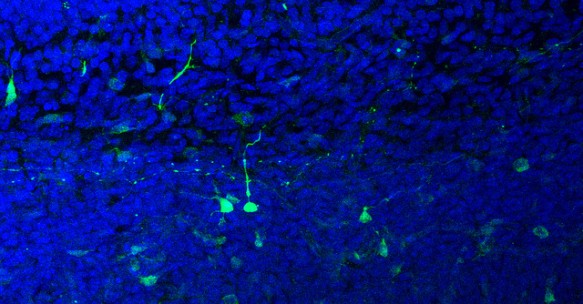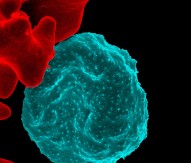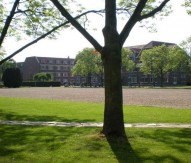
Early stages of embryo development reconstructed
Researchers at the University of Cambridge have reconstructed the early stage of mammalian development using embryonic stem cells, showing that a critical mass of cells is needed for the cells to being self-organising into the correct structure for an embryo to form.
In their report, Professor Alfonso Martinez-Arias and colleagues from Cambridge, supported by the European Research Council and the Wellcome Trust, document a way to coax cells to reorganise in the manner that they do in an embryo, creating an axis and undergoing movements and organisations that mimic the process of gastrulation. Embryonic stem cells have become an important tool for developmental biology, understanding disease, and in regenerative medicine due to the ability to give rise to all cell types in culture.
This is the first time that researchers have been able to elicit axis formation, spatial organisation and gastrulation-like movements from aggregates of embryonic stem cells. The researchers show that if the number of cells aggregated initially is similar to that of a mouse embryo, the cells generate a single axis and this serves as a template for a sequence of events that mimics those of the early embryo. By manipulating the signals that the cells see at a particular time, the researchers were able to influence what type of cell they become and how they are organised.
Martinez-Arias, who led the research, commented: “Gastrulation was described by biologist Professor Lewis Wolpert as being ‘truly the most important event in your life’ because it creates the blueprint of an organism. Axis formation and gastrulation are the two central processes that initiate the development of an organism and are inextricably associated with the embryo. We have managed to recreate this for the first time in the lab.”
This finding complements previous research from the University of Edinburgh and the National Institute for Medical Research which showed that embryonic stem cells can be coaxed into this spinal cord cells. However, the Cambridge researchers showed that in the embryo-like aggregates, the structural organisation is more robust and allows for the polarised growth of the tissue.
The research is published in the journal Development.






